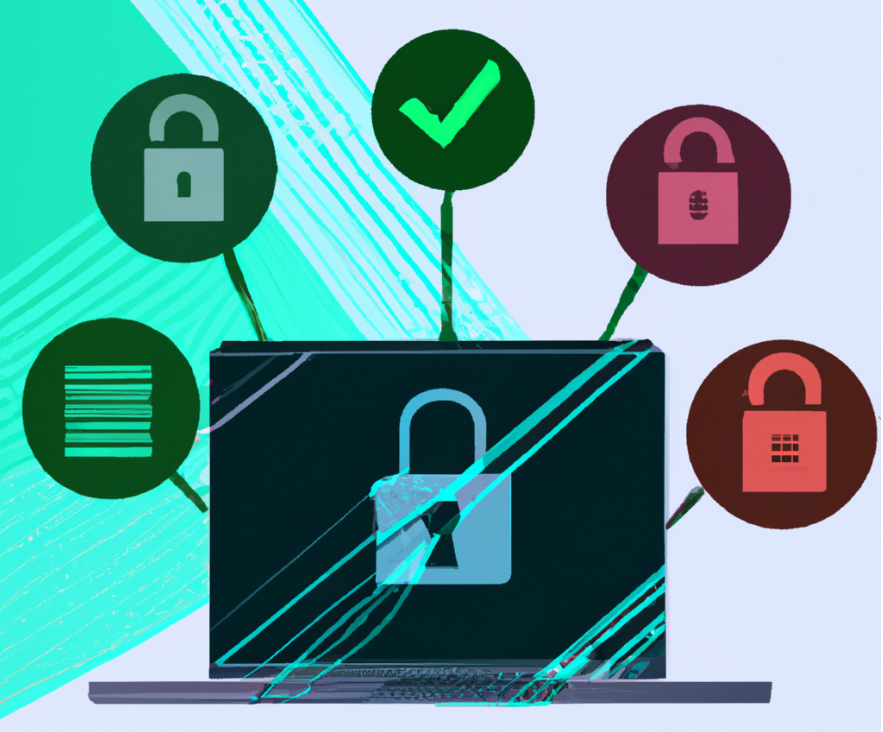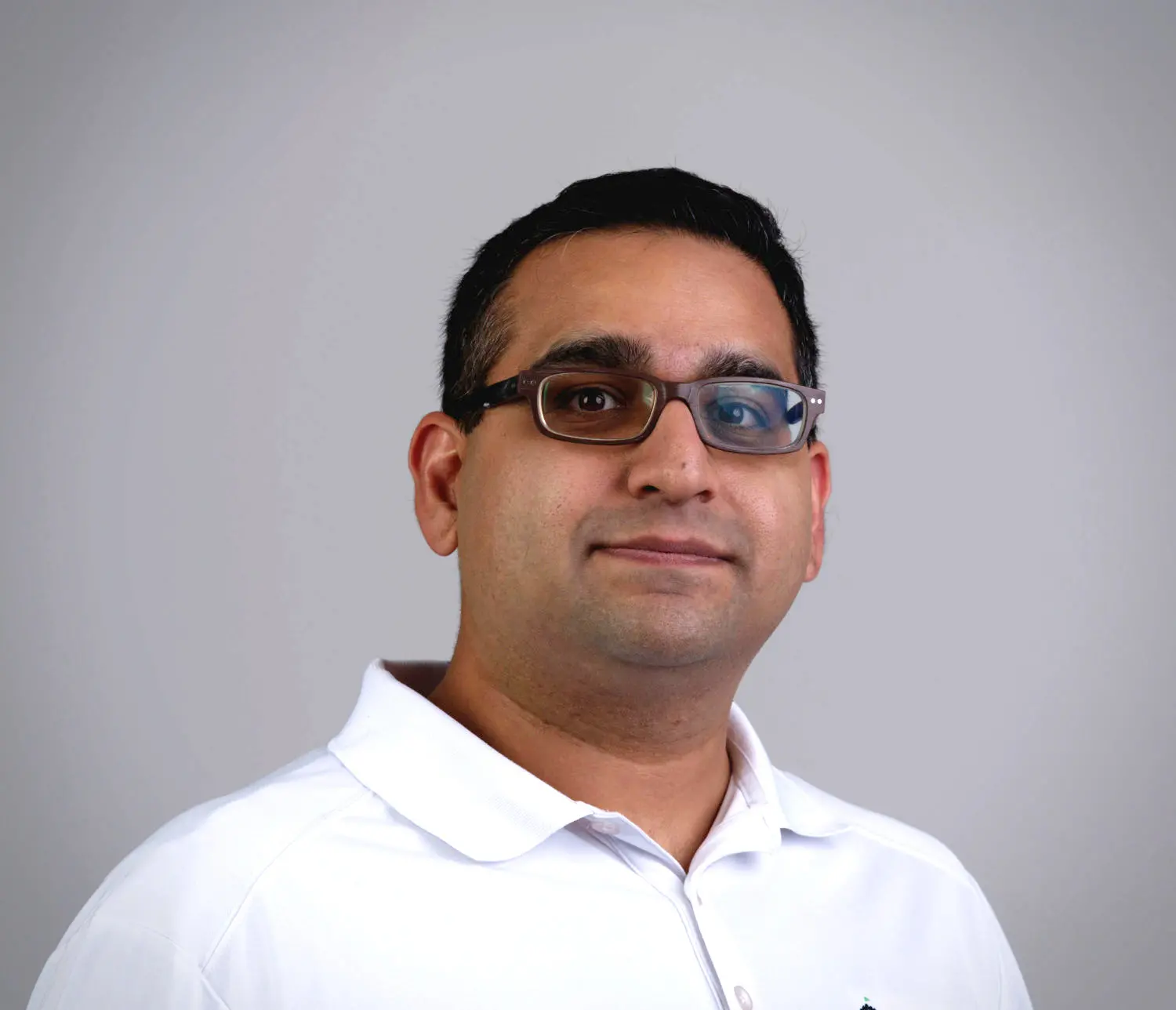
Confidential Computing: An Intro
In today’s digital landscape, data security and privacy have become paramount concerns for businesses and individuals alike. In this blog post, let’s take a high-level look at the world of confidential computing.
What is confidential computing?
Confidential computing is a paradigm that aims to protect sensitive data during its processing, even in untrusted environments. It utilizes advanced encryption techniques and secure enclaves to ensure the confidentiality and integrity of data.
At its core, confidential computing leverages secure enclaves, which are isolated and secure execution environments within a computing system. These enclaves provide a protected space where sensitive data can be processed without being exposed to potential threats. Secure enclaves utilize a combination of hardware and software-based security measures to establish a trusted execution environment (TEE) that shields the data from unauthorized access or tampering.
In order to understand confidential computing better, it is important to have a look at the threat model that was considered. Here are some major areas that were considered at design time:
- Privileged Software: This category includes the software running on the same system as the trusted execution environment (TEE). The threat model assumes that the privileged software may be compromised or malicious, and therefore, it should not have direct access to the sensitive data or be able to tamper with the TEE’s operations.
- Malicious Insiders: This category refers to individuals who have authorized access to the system but may abuse their privileges to compromise the security of the TEE. The threat model assumes that malicious insiders may attempt to extract sensitive data or manipulate the TEE’s operations for their own gain.
- External Attackers: This category encompasses attackers who do not have authorized access to the system but may attempt to exploit vulnerabilities in the TEE or the surrounding infrastructure to gain unauthorized access to sensitive data or tamper with the TEE’s operations.
You can find out more by having a look a this whitepaper.
By utilizing confidential computing, software developers can build applications that process sensitive data securely, even on shared or compromised infrastructure. This approach allows for the protection of data throughout its lifecycle, from storage to processing, without sacrificing performance or functionality. Confidential computing is a powerful tool in ensuring data privacy and security, particularly in industries that handle highly sensitive information such as healthcare, finance, and government sectors.
What is the current state of confidential computing?
The confidential computing community has been abuzz with several recent developments and initiatives. One notable initiative is the Confidential Computing Consortium (CCC), founded by major technology companies like Intel, Microsoft, and Google. The consortium aims to accelerate the adoption of confidential computing by developing open standards and frameworks, fostering collaboration among industry leaders, researchers, and developers.
Another significant development is the Open Enclave SDK , an open-source project under the Linux Foundation. This SDK provides a development framework for building secure enclaves and enables developers to write applications that can run across different hardware platforms, supporting technologies like Intel SGX, AMD SEV, and Microsoft’s Open Enclave.
The intersection of confidential computing and artificial intelligence (AI) has also garnered attention. Researchers and organizations are exploring ways to leverage confidential computing to protect sensitive AI models and data during training and inference. By utilizing secure enclaves, organizations can enhance the privacy and security of AI workloads, enabling collaboration and data sharing while preserving confidentiality. See secure multi-party computation for some more information on this use-case.
Major cloud service providers have been actively expanding their confidential computing offerings. They are integrating TEE technologies into their platforms, allowing customers to leverage secure enclaves for protecting sensitive workloads and data, highlighting the growing recognition of confidential computing as a critical component of cloud security.
Lastly, the academic and research community is actively contributing to the field of confidential computing. Researchers are exploring new techniques to improve the security, performance, and usability of TEEs. Recent studies have focused on areas such as attestation protocols, side-channel attack mitigation, secure enclave orchestration, and hardware enhancements for confidential computing.
These recent developments and initiatives demonstrate the increasing interest and activity within the confidential computing community. Collaboration and innovation among organizations and researchers are driving advancements in the field, paving the way for wider adoption and evolution of confidential computing technologies.
Conclusion
For me personally, this is an area I want to explore in the coming year. It ties quite nicely with other initiatives I am involved in, particularly around data spaces and responsible AI usage. Look for more posts on this topic in the near future.
About Shamir Charania

Shamir Charania, a seasoned cloud expert, possesses in-depth expertise in Amazon Web Services (AWS) and Microsoft Azure, complemented by his six-year tenure as a Microsoft MVP in Azure. At Keep Secure, Shamir provides strategic cloud guidance, with senior architecture-level decision-making to having the technical chops to back it all up. With a strong emphasis on cybersecurity, he develops robust global cloud strategies prioritizing data protection and resilience. Leveraging complexity theory, Shamir delivers innovative and elegant solutions to address complex requirements while driving business growth, positioning himself as a driving force in cloud transformation for organizations in the digital age.